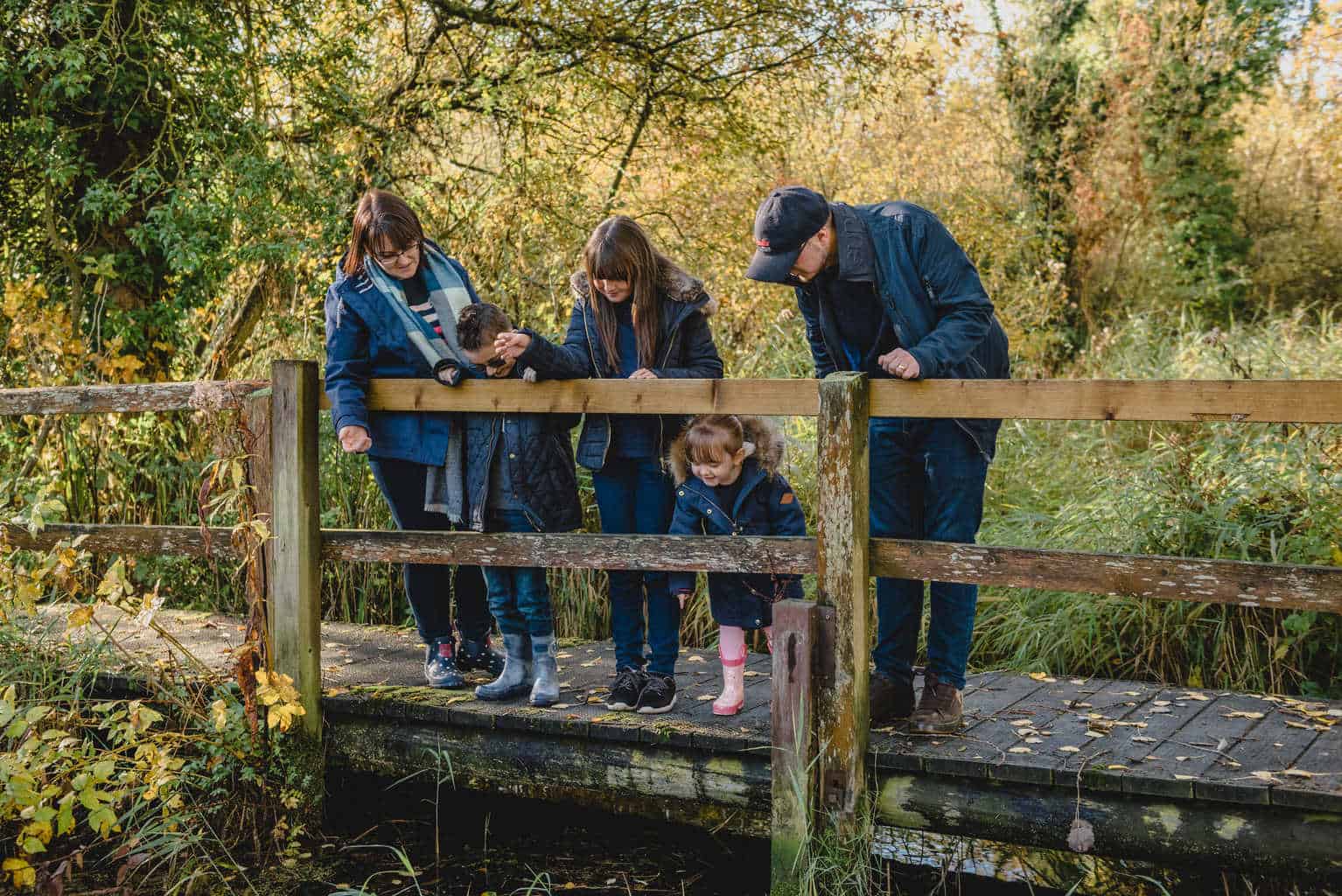Featured
Issues relating to pollution and the environment have become a global concern. As a result, more and more people are considering things like sustainability when they buy things. One option is to make the switch to eco-friendly clothes. This isn’t always an easy task, however, because there are so many things to consider. In this article, we’ll provide you with some useful lifestyle tips on choosing eco-friendly clothes.
Contents
Top Tips on Choosing Eco-Friendly Clothes

Do Plenty Of Online Research
There are lots of blogs, articles, and specialist websites that can help you with your shopping. It’s also wise making a Google search for brands that use sustainable materials (including recyclable/ biodegradable packaging), fair-trade practices, and environmentally friendly methods. Many companies supply eco-friendly clothes, it just takes a little bit of extra effort to find them.
There are also review sites that can help you make a wise choice when you buy. If you’re interested in bamboo boxers briefs you can find out what to look for in terms of size, design, stitching, and lifestyle. You can view comparisons between bamboo and cotton underwear – and learn that bamboo is softer, odour neutralizing, comfortable, durable, and sustainable.
Look For Clothes Made Of Natural Materials
Not only are these better for the environment, but they’re also generally more comfortable and durable than synthetic fabrics. Cotton is a soft and absorbent material. It’s also hypoallergenic, making it a good choice for people with sensitive skin. Cotton is a breathable fabric that keeps you cool in the summer and warm in the winter.
Wool is a strong and durable material and it’s also water-resistant and flame-retardant. It’s additionally a warm and insulating fabric. Linen is a sturdy material that gets softer with age. It has a low static charge, making it less likely to cling to your body or attract dust and lint. Linen is a strong and durable fabric that’s perfect for hot weather since it’s very absorbent. When shopping, it’s best to look for items made of organic cotton, wool, or linen. These materials are grown without the use of harmful pesticides or chemicals, making them better for the environment and your health.
Avoid Synthetic Fabrics
Polyester, rayon, nylon, acrylic, and spandex are all synthetic fabrics. They’re made from petroleum products, which means they’re not biodegradable. Because they’re derived from fossil fuels, they create harmful emissions that damage the environment and contribute to climate change. They release microplastics into the water when laundered, which pollute our waterways and harm marine life.
In terms of clothes, synthetic products don’t breathe as well as natural fibres. This means they trap heat and sweat, which can lead to skin irritation. They’re also more likely to cause static and cling to your body.

Avoid Clothes Made From Animal Fur Or Leather
Animal fur and leather are commonly used to make clothing and accessories. The environmental issue is that the animals are often killed for their fur or skin, which is harmful to the environment. One thing you can do is research the brands you buy from to see if they use any animal products in their clothing.
You can also support organizations that are working to end the use of animal fur and leather in fashion. One organization you can support is PETA, which is an international nonprofit company that focuses on ending the exploitation of animals.
Avoid Buying Clothes Made In Sweatshops
Sweatshops are places where people work long hours – usually in poor/unsafe conditions. The employees are mainly from developing countries and are paid very low wages. Many people buy goods from companies that use sweatshops because they’re cheaper. However, the workers who make these goods often live in poverty, being unable to buy the things they need. It also means that they may get sick or injured more easily because of the unsuitable working conditions.
The people who made your clothes deserve to be paid a fair wage and to have a safe working environment. Buying from companies that use sweatshops supports their unethical practices. There are plenty of other options available for buying clothes, so you don’t need to support these. Instead, look for brands that are transparent about their manufacturing process and who make great quality clothing without exploiting people.
It’s wise to buy recycled, sustainable, and biodegradable materials, and to shop at thrift stores and consignment shops. By applying the tips in this article, you can still end up wearing nice clothes. At the same time, you’ll be making the world a better place for yourself and future generations.























